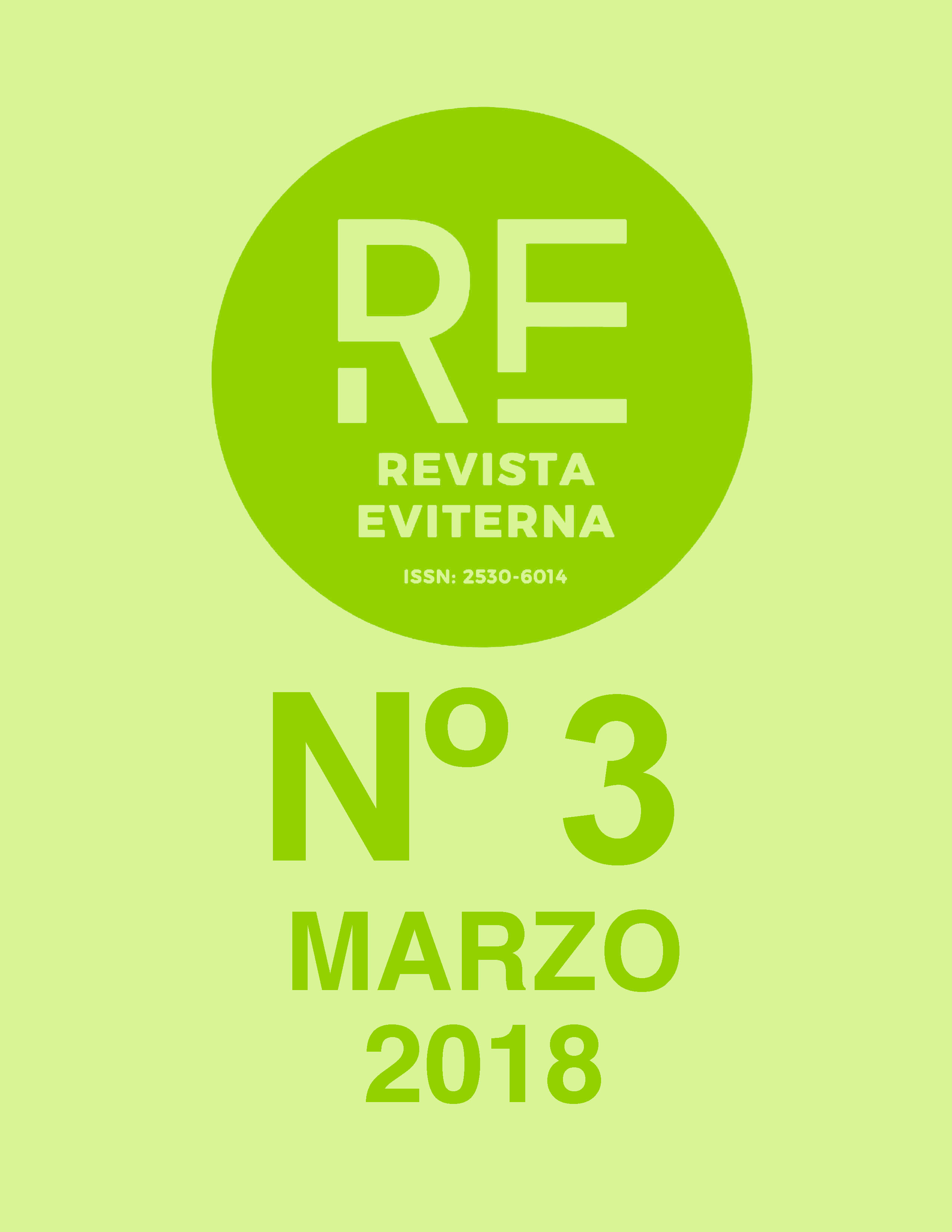The entry of contemporary Chinese art in the West. Inside Out: New Chinese Art, a case study
DOI:
https://doi.org/10.24310/Eviternare.v0i3.8168Keywords:
West, East, Art exhibitionsAbstract
The present text has the goal to fulfill a study about the exhibition Inside Out: New Chinese Art celebrated in New York between 1998-1999. Taking the exhibition as a case of study is possible to deep around the entrance of the Contemporary Chinese Art in Western, essentially throughout the 90s. Different factors must be taken into account, such as the historic time, the sociopolitical context, the economic interests, the innovative discourse of the show or its transcendence for the followings shows. Those elements have driven the exhibition as a significant event within the Contemporary Chinese Art History and its entrance in Western.
Downloads
Metrics
Publication Facts
Reviewer profiles N/A
Author statements
Indexed in
-
—
- Academic society
- N/A
- Publisher
- Universidad de Málaga
References
CERVIÑO, Mariana Eva (2015), “Desigualdad y diferencia en el discurso del arte global”, Estudios sobre las Culturas Contemporáneas, vol. 21, nº 41, pp. 9-39.
CHIU, Melissa (2003). Transexperience and Chinese experimental art, 1990-2000. Sydney: University of Western Sydney.
DEL CAMPO, Eva Fernández (2013), “El arte contemporáneo de China en el proceso de mundialización”, Orientando, nº 2, pp. 123-154.
ERICKSON, Britta (2002), “The reception in the West of experimental Mainland Chinese art of the 1990s”, Reinterpretations. Guangzhou: Guangzhou Museum of Art, pp. 105-112.
GAO, Minglu (ed.) (1998). Inside Out: New Chinese Art. University of California Press: Berkeley.
GLADSTON, Paul (2014). Contemporary Chinese Art: A Critical History. Reaktion Books: Islington.
HONG, Lu (2012). The Formation and Development of New Ink Art in China. Recuperado de http://www.mplusmatters.hk/inkart/paper_topic2.php?l=en (Consulta: 19/12/2017)
KOCH, Franziska (2011), “‘China’ on Display for European Audiences? The Making of an Early Travelling Exhibition of Contemporary Chinese Art: China Avantgarde (Berlin/1993)”, Transcultural Studies, nº 2, pp. 66-139.
LAGO, Francesca (1999), “The Avant-Garde Has Its Moment of Glory”, Time Magazine, vol. 154, nº 12, pp. 98-99.
LAGO, Francesca (2000), “Chinese Art at the Venice Biennale: 1.”, en CLARK, John (ed.). Chinese Art at the end of the Millennium. Hong Kong: New Art Media Limited, pp. 158-166.
LIU, Wei. (2011). Gao Minglu. Recuperado de http://en.cafa.com.cn/gao-minglu.html (Consulta: 22/02/2018)
New Chinese Art. Inside out. Recuperado de http://sites.asiasociety.org/arts/insideout/introduction.html (Consulta: 22/02/2018)
RODRÍGUEZ, María Teresa (1990), “El movimiento de mayo de 1989 en China”, Estudios de Asia y África, vol. 25, nº 1, pp. 134-152.
TSONG-ZUNG, Chang y XIANTING, Li (1993). China’s New Art, Post-1989. Hanart TZ Gallery: Hong Kong.
Downloads
Published
How to Cite
Issue
Section
License
All the contents published in Revista Eviterna are subject to the Creative Commons Reconocimento-NoComercia-Compartirigual 4.0 license, the full text of which can be found at <http://creativecommons.org/licenses/by-nc-sa/4.0>
They may be copied, used, disseminated, transmitted and publicly exposed, provided that:
The authorship and original source of your publication (Journal, editorial and URL of the work) are cited.
They are not used for commercial purposes.
The existence and specifications of this use license are mentioned.

Copyright is of two kinds: moral rights and patrimonial rights. Moral rights are perpetual, inalienable, inalienable, inalienable, inalienable and imprescriptible prerogatives.
In accordance with copyright legislation, Revista Eviterna recognizes and respects the moral rights of the authors, as well as the ownership of the economic right, which will be transferred to the University of Malaga for dissemination in open access.
The economic rights refer to the benefits obtained by the use or disclosure of the works. Revista Eviterna is published in open access and is exclusively authorized to carry out or authorize by any means the use, distribution, disclosure, reproduction, adaptation, translation or transformation of the work.
It is the responsibility of the authors to obtain the necessary permissions of the images that are subject to copyright.







12.png)



